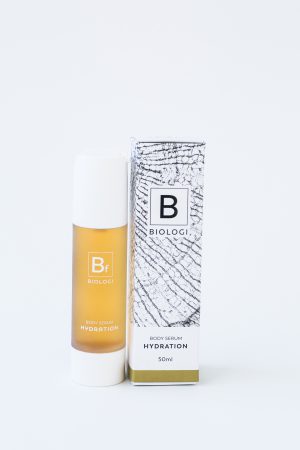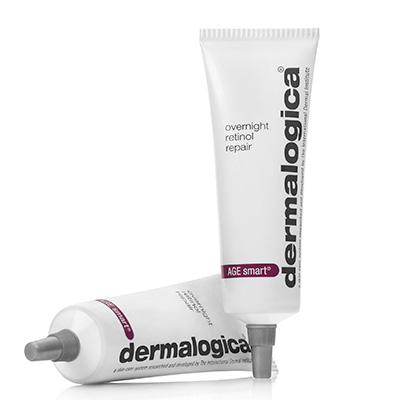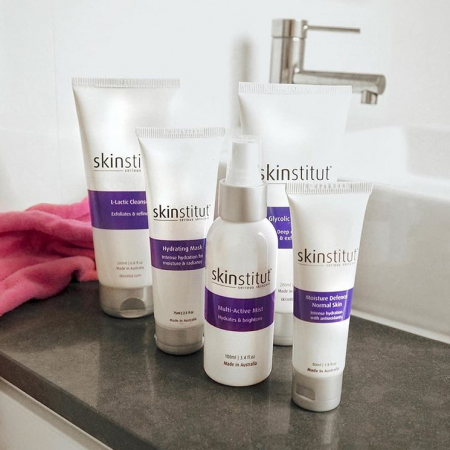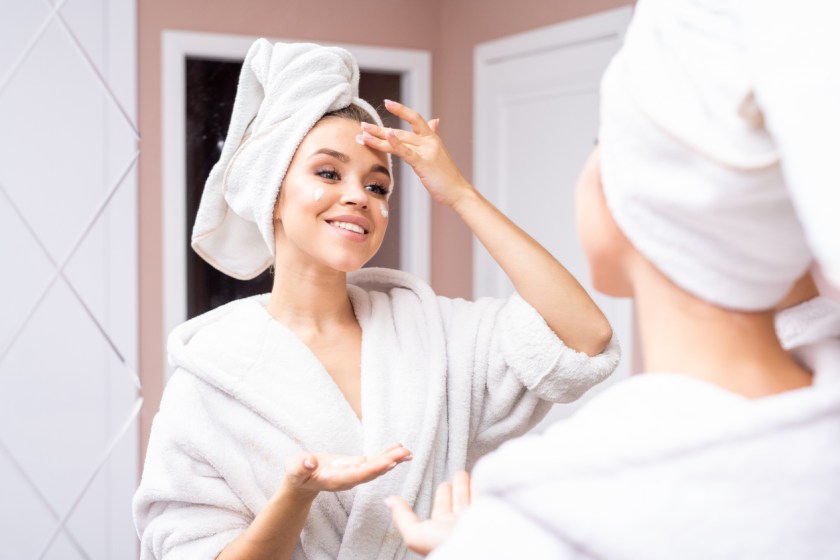
The skincare industry has been subject to the ‘layering’ trend for some time now, in which consumers are layering anywhere from 5 to 10 products on their skin, both morning and night, in order to meet a multitude of needs. But there may be signs that the layering is subsiding, and consumers are putting their skincare ‘on a diet’. Lucy Kuper, Managing Director of Biologi; creator of pure single-ingredient plant extract skincare, certainly thinks so.
“We’re all guilty of buying too much and having a bathroom cabinet full of half empty products that don’t actually work. Consumers are continually searching for products that live up to their promises and the sad reality is that not many do. The added benefit of minimising your skincare routine is that you’ll be reducing the amount of harmful chemicals and toxic ingredients that you’re putting on your skin (thankfully, all of Biologi’s serums are 100% natural and toxic free). What you can find is that some brand’s product ingredients also don’t mix well with each other so layering them can mean that you’re cancelling out the ingredients that work.”
Alongside Lucy, we rounded up some skincare industry heavy hitters to weigh in on the trend and its effect on skin, including Emma Hobson, Education Manager for the International Dermal institute and Dermalogica, and Zoe Devine, resident Skinstitut Expert.
What are your thoughts on the skincare layering trend? What are we seeing throughout the industry at the moment?
 Emma: The skin loves and responds well to layering of products, you get the benefit of a higher percentage of actives working in tandem and hitting the ‘sweet spot’ within the skin where they work most effectively. Layering has become extremely fashionable in part due to the booming Korean skin care market that has been driving the trend to layer 10+ products on the skin in one application. In Australia were not seeing many partake in the 10+ product application however applying 3-5 finishing products is not uncommon. This will include toners or essences, a couple of serums, a moisturiser and a sun screen plus your eye care products. I am an advocate of layering products that are from the same product range and have been created to work synergistically with each other and not have apposing actions. Mixing ranges can result in skin irritation and sensitivity and probably not achieving maximum results.
Emma: The skin loves and responds well to layering of products, you get the benefit of a higher percentage of actives working in tandem and hitting the ‘sweet spot’ within the skin where they work most effectively. Layering has become extremely fashionable in part due to the booming Korean skin care market that has been driving the trend to layer 10+ products on the skin in one application. In Australia were not seeing many partake in the 10+ product application however applying 3-5 finishing products is not uncommon. This will include toners or essences, a couple of serums, a moisturiser and a sun screen plus your eye care products. I am an advocate of layering products that are from the same product range and have been created to work synergistically with each other and not have apposing actions. Mixing ranges can result in skin irritation and sensitivity and probably not achieving maximum results.
How many products you can apply and in which order will depend on the consistency and function of the product as to which goes on first (and the manufacturer’s instructions). Rule of thumb is you’d apply the most ‘liquid’ /watery consistency first, followed by the oilier, denser or heavier ones. E.g. toner or essence, liquid serum, light eye gel or cream, oil serum, then moisturiser and sun screen. Dehydrated skin responds particularly well to layering hydrating products on top of each other to boost the moisture and regain the ‘plumpness’ in the skin.
Zoe: Trends in the industry often vary as according the age group of the consumers. Within the younger market we are seeing a movement towards clean, green and sustainable beauty. What’s interesting to note is that the younger age bracket are behaving differently to the way young women used to. For example we are shifting away from products that scream ‘anti-ageing’ instead we are moving towards product solutions that maintain the wellness and overall health in the skin. Product offerings now need to be holistic. There is certainly a group of savvy and connected skin care users that love the layering trend, using bespoke combinations so they can tailor the results individually to their skin. The demand for customised and tailored solutions will continue to grow.
Provided the individual knows which products are best for their skin and how best to be layered to get the ideal results, then the layering concept is great. That said, not all skin types/conditions will need a multitude of products and ingredients. As always, the old adage of seeking advice from a qualified skin specialist always rings true. With the rise of the YouTube generation we are noticing that some women are taking advice from those with a great following and not necessary a specialised expertise in skincare, this is why it’s always a great idea to see professional advice when faced with a skin challenge.
Is there such a thing as too many?
Emma: Yes you can overdo it, especially if the products contain a lot of actives or that consistencies don’t work well with each other and the skin can’t absorb them sufficiently leaving them to sit on the surface and even feel heavy and sticky.

Zoe: This will depend on the products used and the skin type along with the skin condition. Yes, it is possible to overdo skincare ingredients, especially if the skin itself is youthful and healthy.
Whenever compiling skin regimes we always ask, what is it that we want to target and address in our skin. The question then remains, how many ingredients or products are needed to achieve this goal? For some, it may be a few while others may require more specialised skin prescriptions.
What about those that enjoy the ‘experience’? Any advice for extending the enjoyment of the routine itself as opposed to just increasing product quantity?
Emma: There are some great things you can do:
- Use skin tools to use in conjunction with your products such a cold or warm glass globes, metal ball-tipped cooling wands which are especially great around the eyes.
- You can place some of your products in the fridge so they are cool on application,
- add cooling or warm facial compresses to your skin,
- or use a at home mini facial steamer to warm the tissues of your skin before applying the products.
Zoe: Yes, with the immergence of the ‘self-care’ mindset, for some the simple act of applying skincare has a therapeutic effect. In which case, we advocate this process as both a mindful and cathartic experience. You can easily cater to the experiential side of things without overdoing it. For example, massaging in a treatment mask for 5 – 10 minutes can help to infuse moisture, calm and relieve red or sensitised skin, invigorate circulation and promote a vibrant complexion – all while using just 1 product (e.g. try Skinstitut Hydrating Mask).
Are there benefits to cutting back?
Emma: If you are using the wrong combination or applying too many ingredient actives the skin can become sensitised and/or experience some breakouts, this is a sure time to cut back the number you’re using.
Zoe: If you’re noticing skin changes such as milia, mild congestion (blackheads or whiteheads) or dry/flaky skin these can be indications that you’re overdoing certain ingredients in the regime. Take notice of the skin, if it’s looking great and you have plenty of time to complete your regime by all means, continue. However, if your complexion is far from ideal and you’re spending copious amounts of time in the bathroom (not to mention dollars on skincare) it may be time to re-assess the layering process in your regime.
For more news and updates, subscribe to our weekly newsletter.




